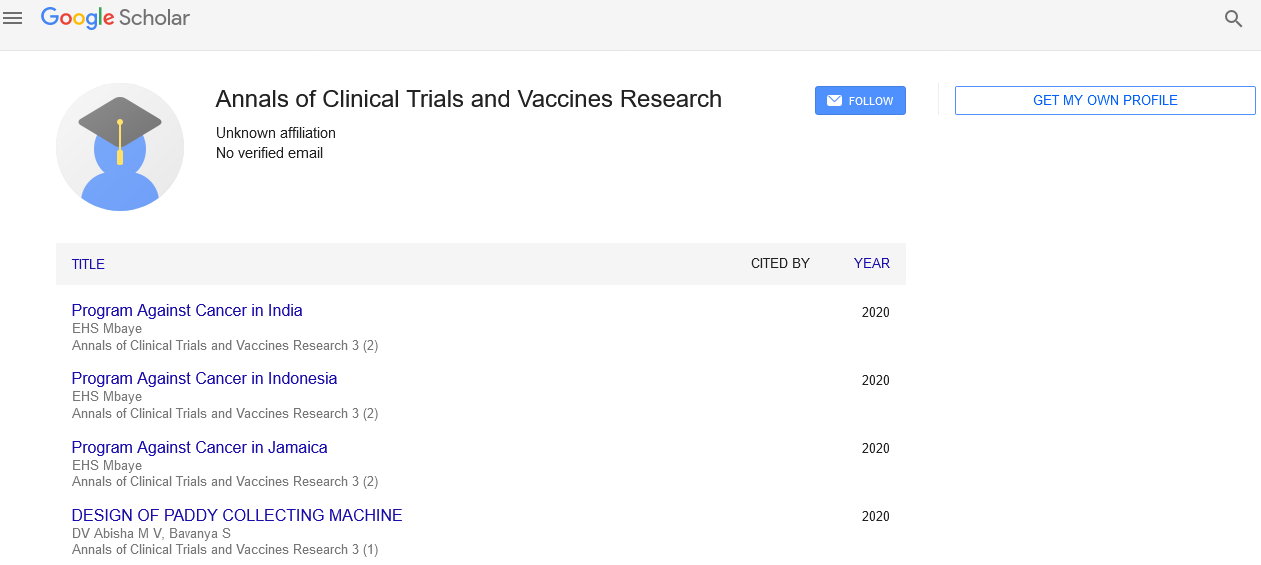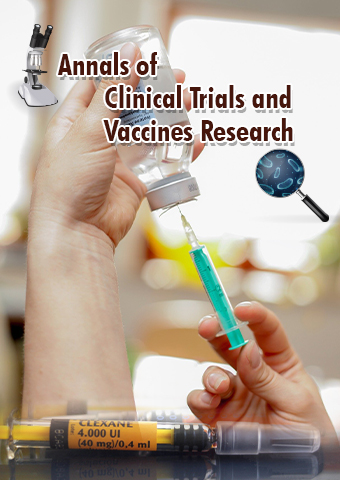Perspective - Annals of Clinical Trials and Vaccines Research (2024) Volume 14, Issue 6
Immune Strength Enhancers Development: A Detailed Perspective
- Corresponding Author:
- Kutan Chimein
Department of Immunology, Chikhertei University, Chikhertei, Mongolia
E-mail: kutan@gmail.com
Received: 27-Nov-2024, Manuscript No. ACTVR-24-153411; Editor assigned: 02-Dec-2024, Pre QC No. ACTVR-24-153411 (PQ); Reviewed: 16-Dec-2024, QC No. ACTVR-24-153411; Revised: 21-Dec-2024, Manuscript No. ACTVR-24-153411 (R); Published: 28-Dec-2024, DOI: 10.37532/ACTVR.2024.14(6).292-293
Introduction
The pharmaceutical industry plays a vital role in advancing healthcare by developing drugs to treat various diseases. However, the journey from discovery to delivery is fraught with challenges. Pharmaceutical limitations can arise at multiple stages, from Research and Development (R&D) to distribution and patient access. These barriers can affect drug efficacy, safety, affordability, and availability. This article delves into the critical limitations faced in the pharmaceutical sector and explores their implications for public health.
Description
Understanding immune strength enhancers
Immune strength enhancers are substances or interventions designed to optimize immune responses. They can be classified into natural enhancers, such as vitamins and herbs, and synthetic enhancers, including pharmaceuticals and biologics. These products target various components of the immune system, such as T cells, B cells, and Natural Killer (NK) cells, to improve their efficiency in recognizing and neutralizing harmful agents.
Key phases in development
Identifying immune modulation pathways: The first step involves understanding the immune system’s intricacies. Researchers analyze signaling pathways and molecular interactions critical to immune function. This knowledge helps pinpoint potential targets for enhancement, such as cytokine production or receptor activation.
Preclinical studies: In the laboratory, candidate molecules undergo rigorous testing. Cell cultures and animal models are used to evaluate their effectiveness in boosting immunity without triggering adverse reactions. The focus is on identifying compounds that enhance specific immune responses, such as the proliferation of T cells or the activation of macrophages.
Clinical trials: After preclinical success, clinical trials assess safety and efficacy in humans. These trials are divided into phases.
Phase I: Focuses on safety and dosage in a small group.
Phase II: Expands testing to assess effectiveness and side effects.
Phase III: Confirms efficacy on a larger scale and compares it with existing treatments.
Regulatory approval and production: Following successful trials, developers seek approval from regulatory authorities, such as the FDA or EMA. The manufacturing process is optimized to ensure consistency, scalability, and cost-effectiveness.
Types of immune strength enhancers
Natural products: Natural enhancers include vitamins (e.g., Vitamin C, D), minerals (zinc, selenium), and plant-based compounds like echinacea and turmeric. These substances are known for their immune-boosting properties, often through antioxidant effects or anti-inflammatory mechanisms.
Synthetic biologics: Monoclonal antibodies, cytokines, and peptide-based therapies represent a significant advancement in synthetic enhancers. For instance, interleukin-2 (IL-2) therapies stimulate the proliferation of immune cells, enhancing their disease-fighting capabilities.
Vaccines as enhancers: Vaccines are a pivotal category of immune strength enhancers. Unlike conventional medications, they train the immune system to recognize and combat specific pathogens. Recent innovations include mRNA vaccines, which provide a template for immune responses without using live pathogens.
Microbiome-based therapies: The human microbiome plays a critical role in immune health. Probiotics and prebiotics are being explored as enhancers that restore balance in gut bacteria, indirectly strengthening. immunity.
Challenges in development
Immune system complexity: The immune system is highly intricate, with interconnected pathways and feedback mechanisms. Enhancing one aspect without disrupting another remains a significant challenge.
Individual variability: Genetics, age, lifestyle, and underlying health conditions lead to varied immune responses among individuals. Developing universally effective enhancers requires personalized approaches.
Risk of overactivation: While boosting immunity is beneficial, overstimulation can lead to autoimmunity or hyperinflammatory conditions. Balancing efficacy with safety is crucial.
Long-term effects: Some enhancers may have unforeseen long-term consequences, such as altering immune memory or increasing susceptibility to other diseases. Rigorous testing is essential to mitigate such risks.
Recent innovations and breakthroughs
CRISPR and gene editing: CRISPR technology allows precise modifications in immune cells, enhancing their functionality. For example, researchers are developing genetically engineered T cells to combat cancers more effectively.
Nanotechnology: Nanoparticles are being used to deliver immune-enhancing agents directly to target cells. This method ensures higher efficacy with reduced side effects.
AI in drug development: Artificial intelligence accelerates the identification of potential enhancers by analyzing vast datasets. AI algorithms predict which compounds are likely to succeed in clinical trials, reducing time and cost.
Conclusion
The development of immune strength enhancers represents a convergence of biology, technology, and innovation. While challenges persist, ongoing research holds promise for revolutionizing healthcare, enabling stronger defenses against diseases, and improving overall quality of life. As science continues to unravel the complexities of immunity, the future looks bright for harnessing the full potential of immune strength enhancers.

